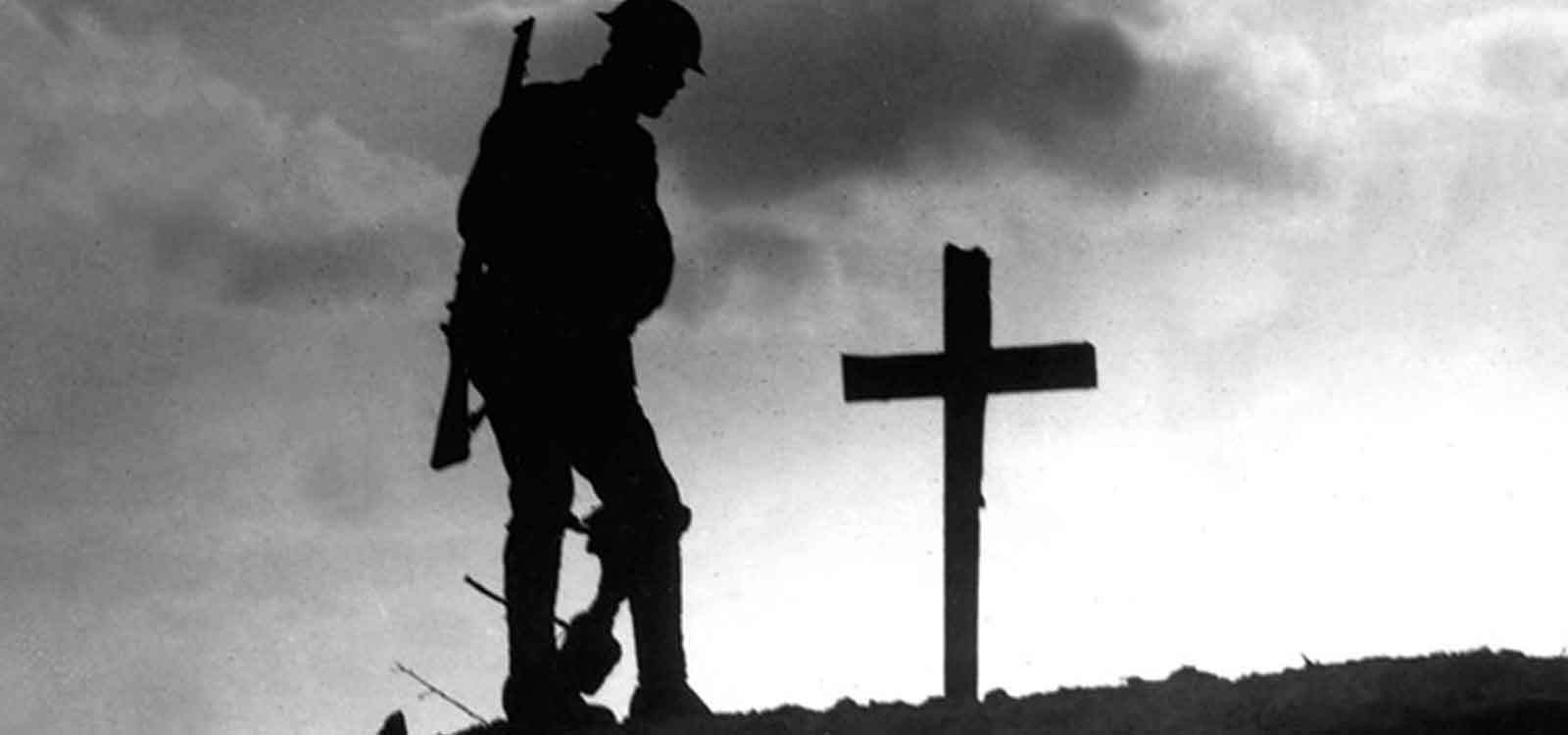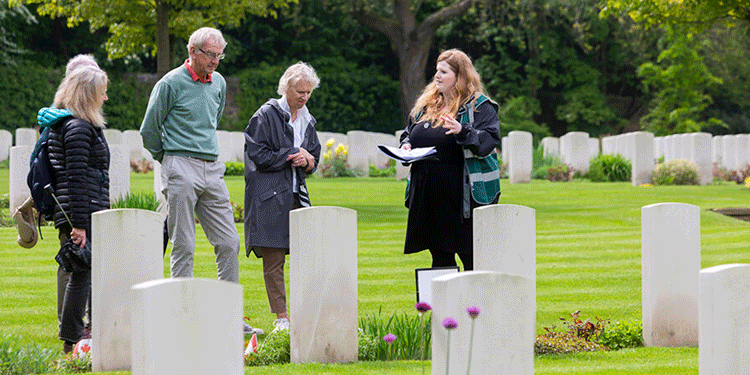
Frederick was born in Burton Latimer on March the 13th 1894. He was the only surviving son of William James West and his wife Maria Jane West (nee Tanter).
The couple had married at Kettering Parish Church on December the 3rd 1888. They had 7 children; 4 of whom died in infancy. In the 1901 Census the family were living in Finedon Street.
William, 38, was a Bricklayer’s Labourer, Maria, 33, was a Tailoress Finisher. Their surviving children were Margaret Elizabeth, 10, Frederick, 7 and Hilda May, 4.
Frederick enlisted in the Northamptonshire Regiment in 1911 and in the Census, he is listed at the Northamptonshire Regiment Depot, Leicester Road, Northampton. Listed with him are Burton boys William Thomas Strudwick and Walter Mason. Their declared age is 18 although Frederick was only just 17. There is some conflict as to whether he joined the 1st or 2nd Battalion. My thought is that he joined the 2nd Battalion but was later transferred to the 1st Battalion.
His mother Maria died in 1913 aged 45. At the outbreak of war in 1914 Frederick, as Private No. 9344, would have been serving with the 2nd Battalion at Mustapha Barracks, Alexandria, Egypt.
As soon as a state of war had been declared the battalion set about training the Europeans residing in Alexandria for their part in the conflict and mopping up many spies around the place.
Towards the end of August, they boarded the S.S. Desiardo and were taken in error to Marseilles. Eventually the voyage was resumed to Gibraltar, unescorted. From thence the transport was escorted by H.M.S. Carnarvon. In due course they arrived in Liverpool and entrained for Winchester. Their camp was situated at Hursley Park which soon became a sea of mud after heavy October rain.
On November the 3rd and 4th they marched to Southampton. The ship allocated to them was an ex-cattle vessel, the Turcoman, and ‘the smell inside her was positively fearsome’.
Having landed in Le Havre they camped above the town before entraining for the front. Thirty hours of tedious travelling brought them to Merville, moving into billets at Vieux Berquin.
Their first tour in the trenches lasted 7 days. During the first 2 days it rained heavily and throughout the last 5 there was a succession of sharp frosts and snow. As we have no indication as to when he moved to the 1st Battalion I will move on to the time of his death.
On July the 18th 1916 they took over the front-line trenches north east of Contalmaison in the Somme region. The following day they received orders that they were to attack Pozieres and Munster trenches. There would be no preliminary bombardment so as to bring in an element of surprise; only support from trench mortars. At 2.30pm on July the 20th, the trench mortars opened up and the 4 assaulting parties moved out simultaneously followed by consolidating parties. Each assaulting party consisted of 1 officer and 10 other ranks. Immediately they were subjected to machine gun fire from several directions. Few reached the enemy trenches and those that did were forced to shelter in shell holes. The attack was beaten back with the battalion suffering casualties of 3 officers and 40 other ranks.
Frederick was wounded in the attack and taken to the 2nd Field Ambulance where he later died. He was 22 years old and was awarded the 1914 Star in addition to the British War and Victory Medals. His body is buried in Dantzig Alley British Cemetery, Mametz, Somme, France.

